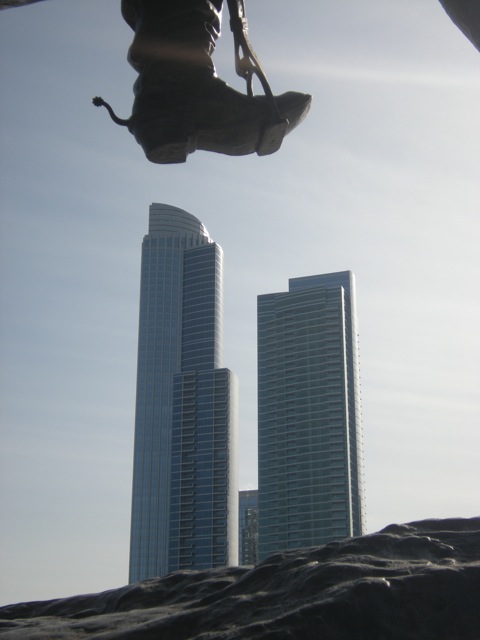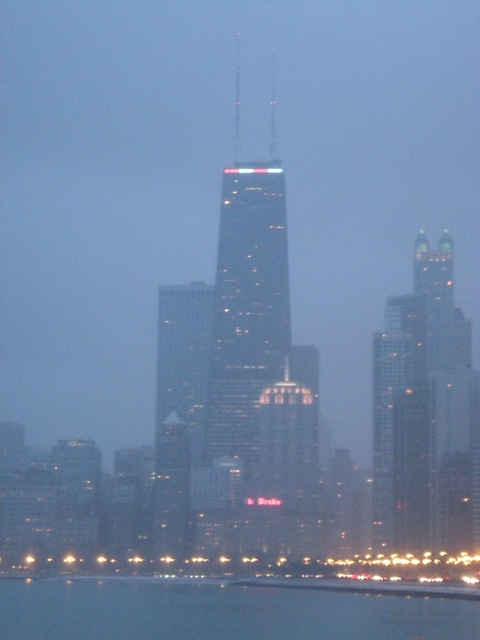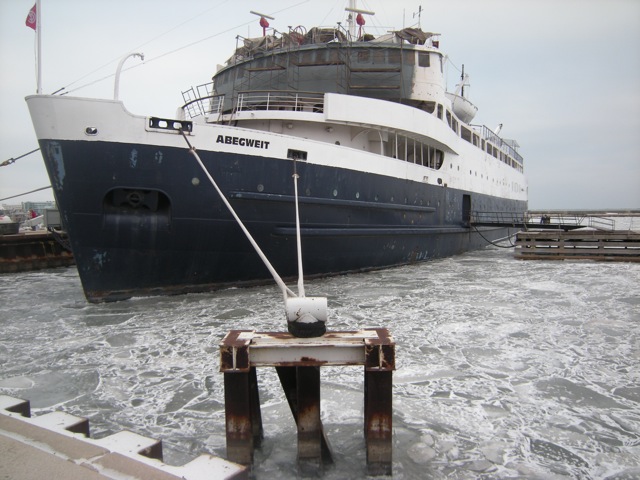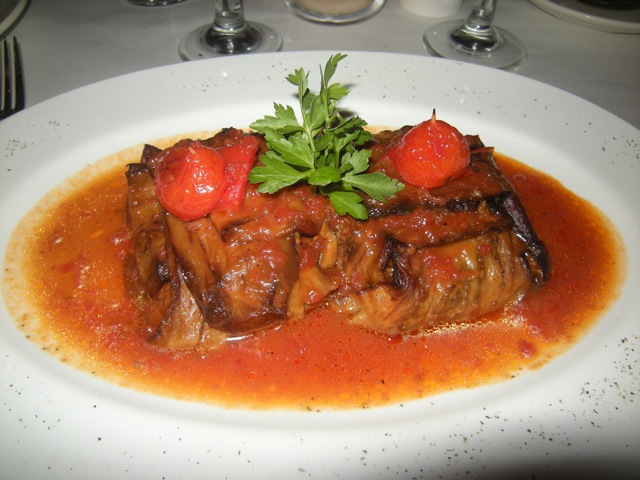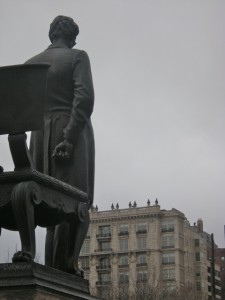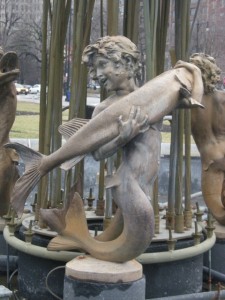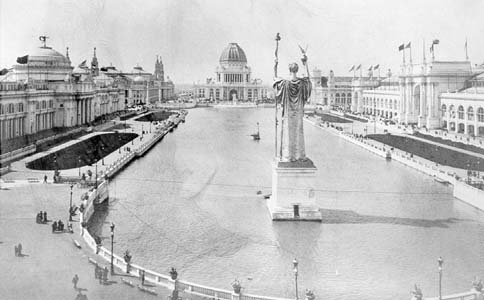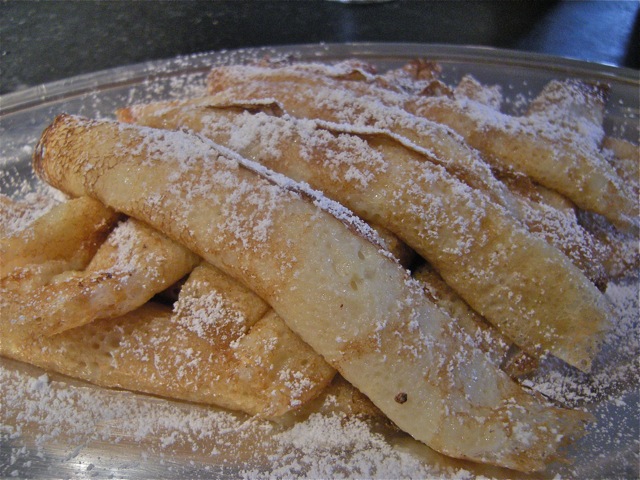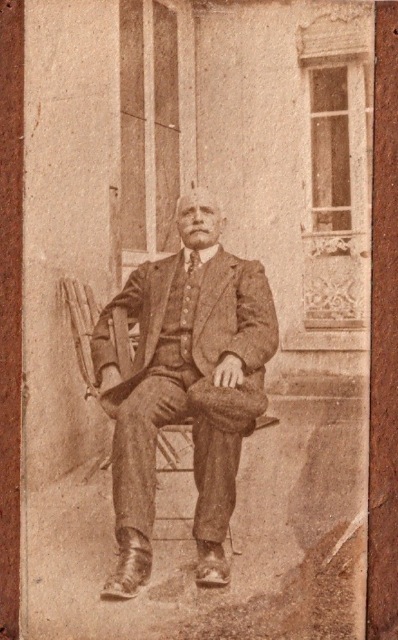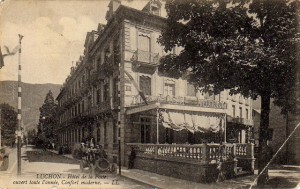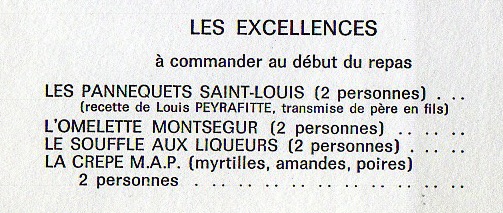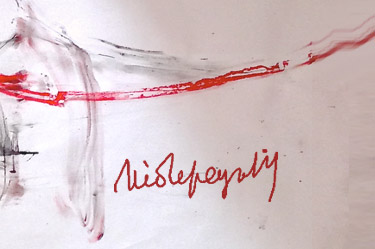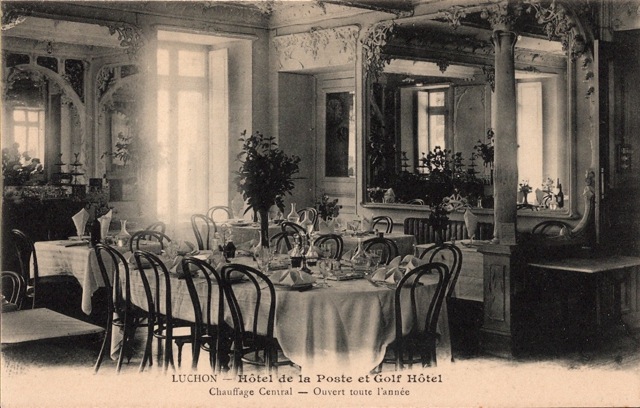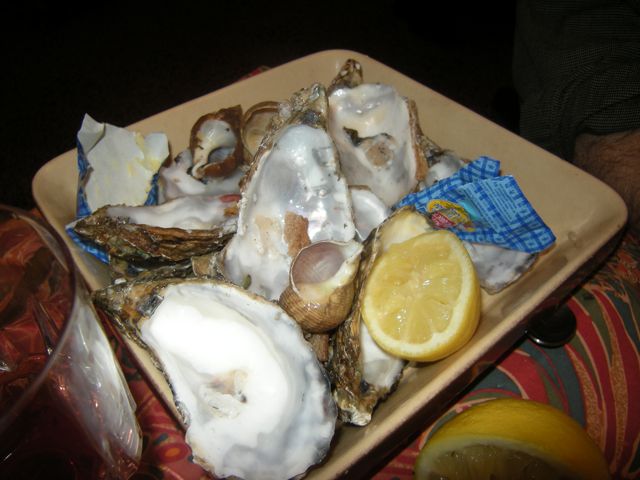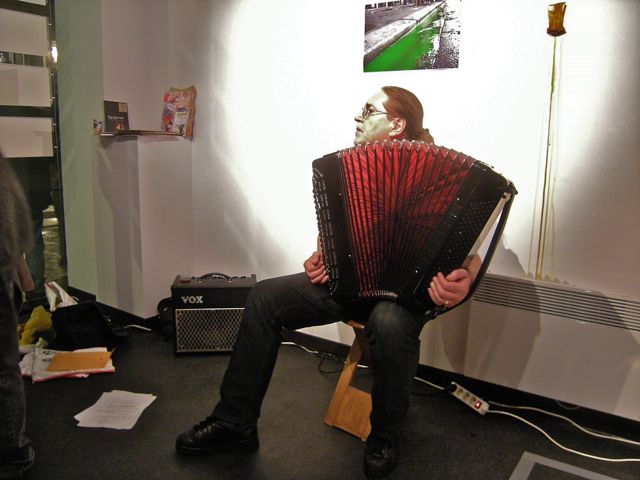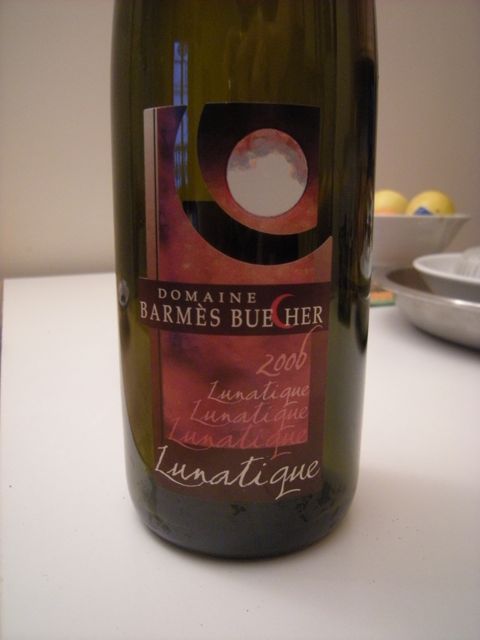
MARCH—collage/drawing from N.P. Calendar Series
Yeap! We are in March and I saw some crocuses “piercing” the ground on 71st street yesterday. It cheered me up. The general mood has been down with all the international and national events, catastrophes, health care mess… Even my hometown, Luchon, was seriously affected by a storm coming from the Southwest with winds at 200km/h. It killed one man, pulled out thousands of ancient trees, lifting roofs, and closing bars for one day! No one remembers seeing or hearing about such an event in a place that is so naturally sheltered from the wind. Who says there is no global warming? The same idiots who feel threatened by universal health care? The same idiots who worship a god that knows neither nature nor health. We need D.A Bennett The Truth Seeker all over again, I just read that book and it is amazing how the problem of religion in politics has remained the same for two century ago and is far from being solved.
Anyhow, life must go on and I have been busy. The “d’Artagnan 25th Anniversary Art Show” at The World Bar is still on. Works by French painter Michel Calvet and 3 large collage/paintings of mine are on display. The World Bar serves delicious cocktails and their $8 happy hour special is totally worth it. I had a “peace cocktail” concocted by the excellent (1/2 french) mixologist Jonathan, all fresh juices and premium liquors — a real treat! We will have another event there soon as the opening was affected by the storm. So don’t feel bad if you couldn’t make it; D’Artagan has agreed to provide us with more patés and saucisson for another event, so stay tune!
Below you will find my detailed calendar of events for March, four events still coming up, it is all exciting especially the Umami festival one, which is leading me into fascinating research about yeast and beer in Mesopotamian time. As a result of all this action the fridge as been consistently empty and home made Miso soup (see recipe here)and rice has become a staple.
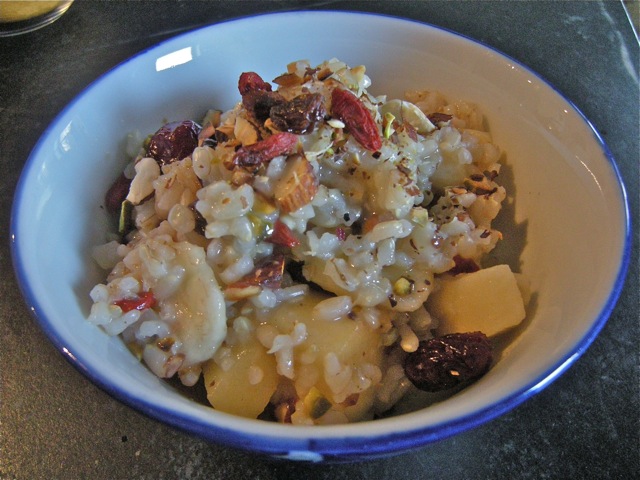
I cook two cups of brown rice twice a week and eat it in different forms. The breakfast version is becoming a house favorite and even Pierre who is not a brown rice aficionado really likes this one:
-Warm up some rice milk in a bottom of sauce pan. Add 1/2 cup of cooked rice per person, one small apple cut into small pieces, 1/2 banana, raisins, cranberries, goji berries, maple syrup. Just warm it up. Before serving add chopped roasted almonds, pistachios, walnuts. That’s a tasty healthy breakfast!
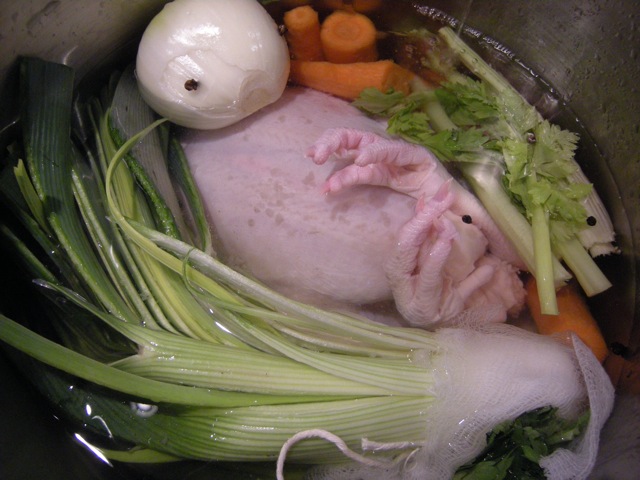
When we finally made it to the coop a few days ago we got the making for a chicken soup. I had been craving it since Dawn Clements (now showing an amazing piece at the Whitney Biennial click here) served me the most delicious one at her studio in early February. That recipe is also very easy: throw it all in the pot and let it happen while the smell of the broth takes over the house. This is what I threw in the pot of cold water:
-1 organic chicken (with feet!)
-3 celery ribs
-3 carrots peeled and cut
-2 “fanned” leeks
-1 onion with 3 cloves planted in it
– 1 spice/herb bag with: fresh parsley, thyme, laurel leave, 1 cardamon pod, 6 blk pepper corn.
– Sea salt.
Then you can either delicately lift some of the meat and eat it separately or debone the whole thing and return it in the pot. You will have to add some salt and pepper to taste and you can of course add some pasta or rice or potatoes. I just had a bowl and this is ever so restauring and satisfying.
Now the schedule and if I don’t see you there, please stay in touch!
Sunday March 7th
Sunday Best Reading Series
4PM $7
The Lounge, Hudson View Gardens
Pinehurst Avenue and 183rd Street
183rd & Pinehurst Avenue
New York City
Friday March 12th
UMAMI Festival
Featuring Sarah Klein, Murray’s Cheese, Tom Cat Bakery, Ithaca Beer Company
& NP w/ Rosie Hertlein ( violin)
6:30PM
click here for reservations
Astor Center for Food and Wine
399 Lafayette (at 4th Street)
Sunday March 21
NP & Pierre Joris, Nick Flynn, Major Jackson, Douglas Unger
6PM
Poets for Peace at Erika’s
85-101 N. 3rd St # 508
Brooklyn, NY 11211
(between wythe and berry
and it is the bedford stop on the L train)
Monday March 29th
NP w/ Pierre Joris & Michael Bisio (bass)
THE LOCAL 269
269 E Houston Street NYC
Ongoing until Agust 2010
D’Artagnan 25th Anniversary Art Show
Michel Calvet / Nicole Peyrafitte / Jean-Pierre Rives
The World Bar /The Trump Tower
845 United Nation Plaza
New York NY 10017


